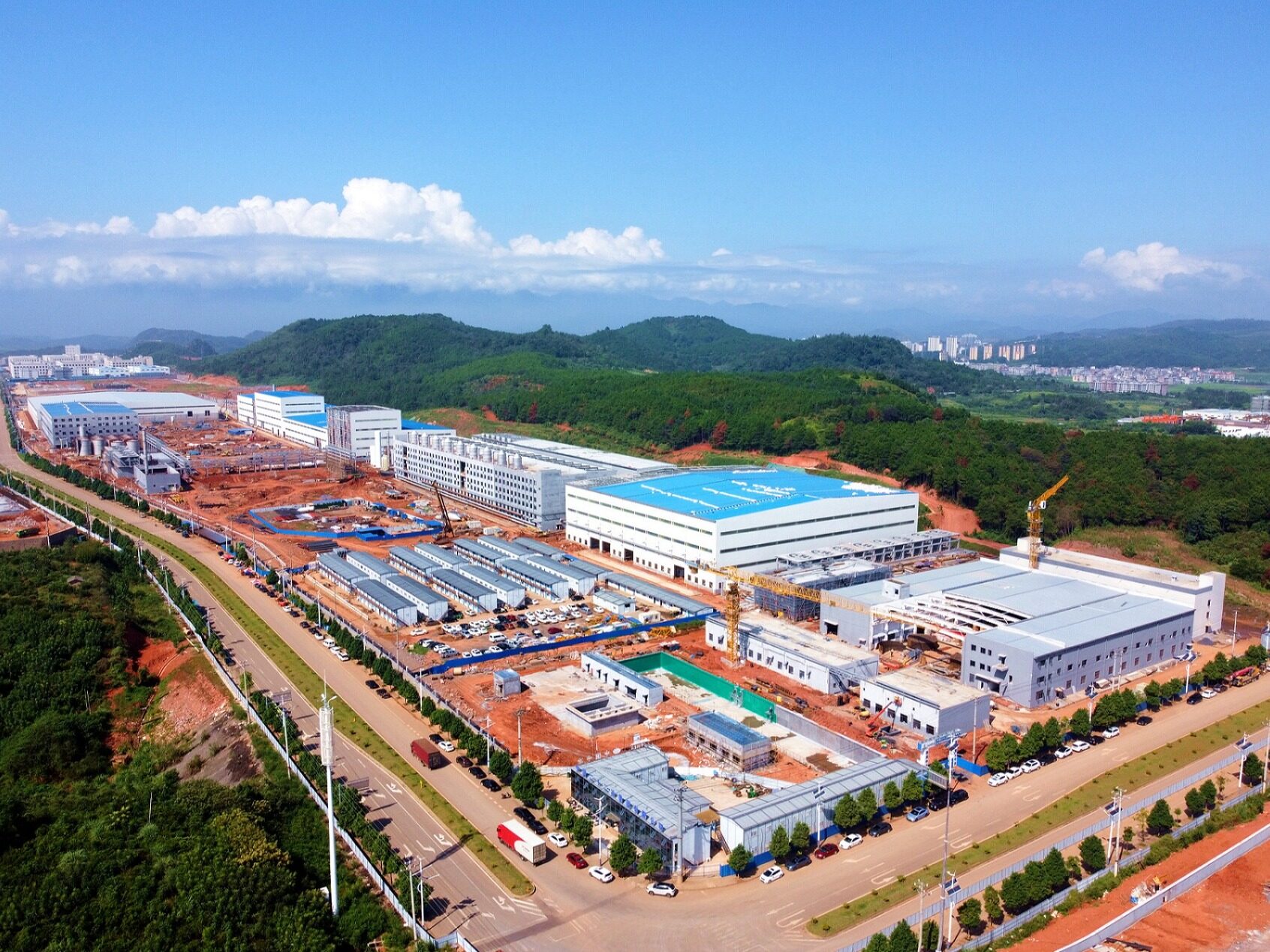
Battery
Deyang, Sichuan: The 10.5 billion lithium salt project is rushing to start production!
01-07
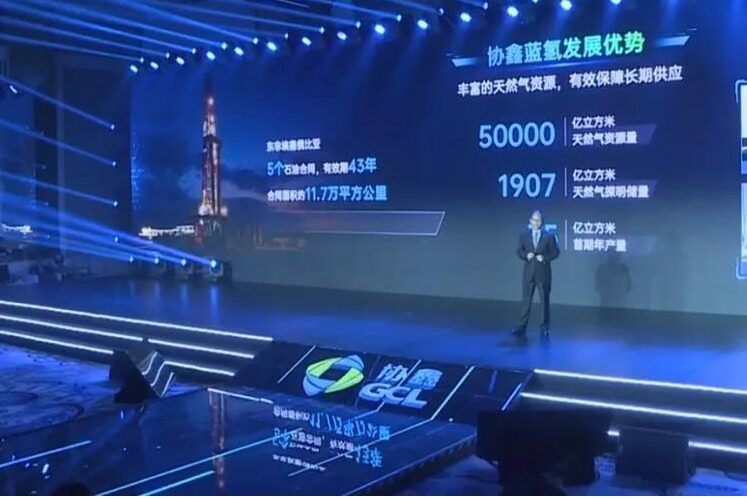
On July 30, 2021, the Hydrogen Energy Industry Development Forum and GCL Hydrogen Strategy Press Conference was successfully held. GCL Group officially announced its entry into the hydrogen energy industry and released the company's hydrogen energy strategy of "Blue and Green Going Together, Hydrogen Xin World". At present, GCL New Energy has established the Hydrogen Energy Business Unit, and respectively entered into strategic cooperation agreements with China State Construction Investment Capital and CCB International Asset Management to jointly establish a hydrogen energy industry investment fund with a fund size of approximately RMB 10 billion. New energy industry investment fund of more than 800 million US dollars. The above-mentioned fund size is equivalent to 15 billion yuan.
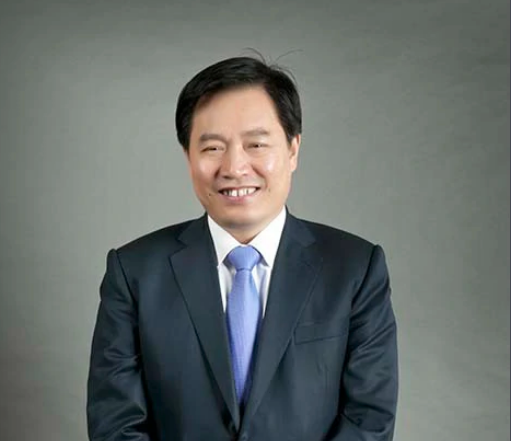
In fact, GCL New Energy has announced or completed the sale of a total of 5.6GW of photovoltaic power plant assets so far, successfully realizing the transformation of light assets. At the same time as debts are decreasing, corporate cash flow is gradually returning to normal. On this basis, it is urgent to seek new clean energy business development space and new industrial growth points. The company's hydrogen energy strategy this time is precisely a major decision made in response to the prospect of a possible explosion of hydrogen energy in the future. It also brings a new look to GCL New Energy's partners, GCL Group's ecological chain integrity and investors.
Vigorously develop hydrogen production from natural gas
Zhu Gongshan, chairman of GCL Group, told Energy One that the company will vigorously develop the blue hydrogen and green hydrogen businesses. In the current global hydrogen production, natural gas accounts for more than 70% of hydrogen production, which is the main source of hydrogen energy. Due to its rich resources, low production cost, and mature technology, hydrogen production from natural gas is regarded as a "transitional clean energy." Taking into account the company’s diversified deployment of hydrogen energy in the future, GCL New Energy has entered into a memorandum of understanding with GCL-Poly Natural Gas Group Co., Ltd. (hereinafter referred to as "GCL-Poly Natural Gas") to utilize its abundant overseas natural gas resources and process them In the form of liquid ammonia and then shipped back to China for hydrogen production, the company is expected to meet the hydrogen demand of major domestic steel plants, glass plants, ceramic plants and other major customers, rapidly expand the company’s production scale, and build GCL New Energy into an international major Hydrogen energy suppliers and integrated service providers. This is what GCL refers to as the "Blue Hydrogen" business. "In the field of blue hydrogen, more than 10 years ago, GCL Group, United Poly and other large central enterprises, with the support of China Development Bank, China-Africa Industrial Cooperation Fund and other national financial platforms, focused on the Belt and Road strategy and paid attention to the blue hydrogen industry, especially Focus on the upper and midstream resources for advanced deployment. On November 16, 2013, GCL-Poly Natural Gas Group signed 5 oil and gas product sharing agreements with the Ethiopian government, including 8 exploration blocks and 2 development blocks. The natural gas owned by these blocks The area of reserves and resources is approximately equal to the area of 1.5 Jiangsu Province."
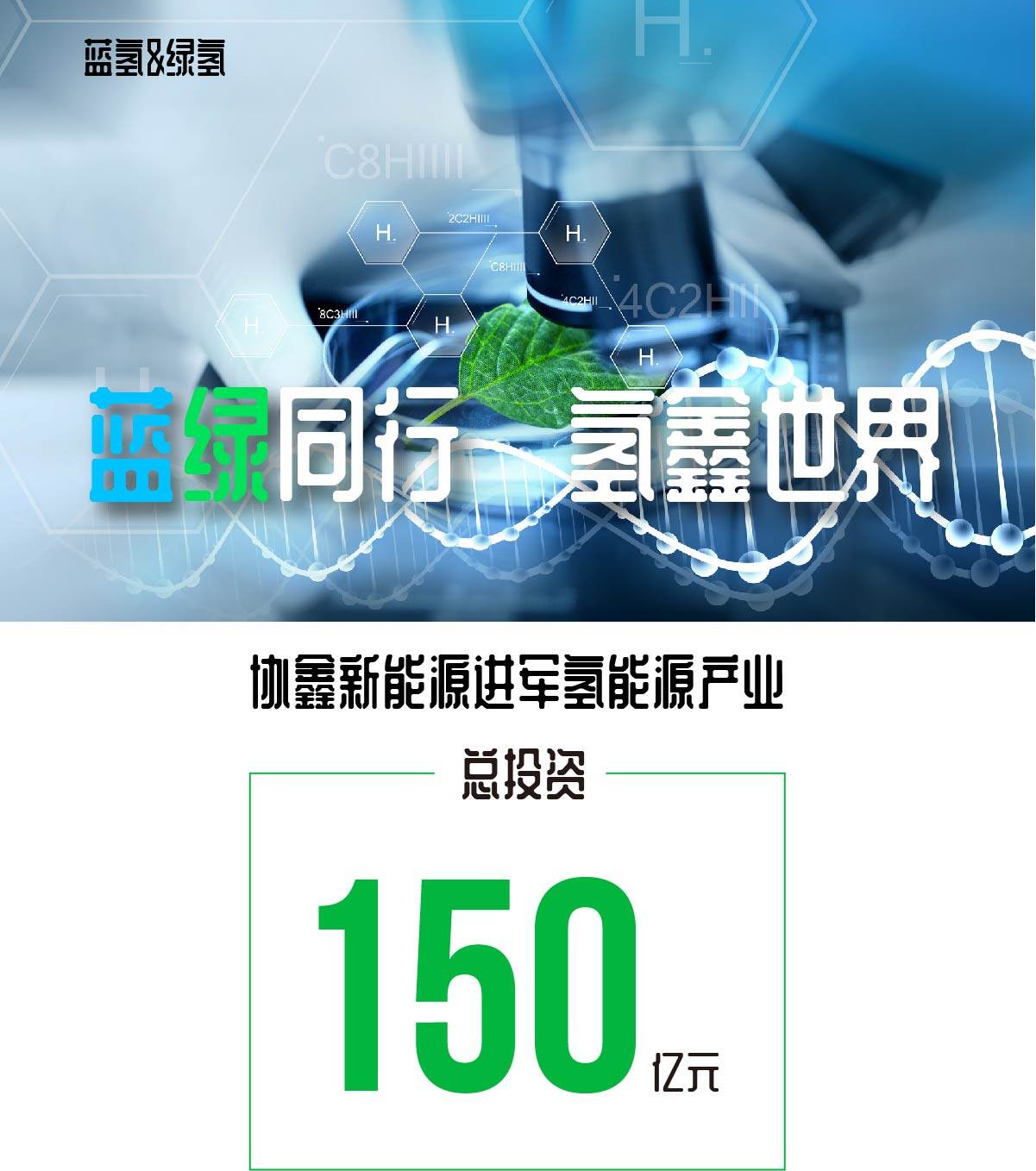
Zhu Gongshan stated that GCL has officially launched a major “Belt and Road” energy international cooperation project consisting of Ethiopian natural gas exploration and development, the Ethiopia-Djibouti long-distance pipeline, and the Djibouti processing base. The upstream resource block of the project is located in the Ogaden Basin in East Africa. The natural gas resources are 5 trillion cubic meters, the oil resources are 4 billion tons, the proven natural gas reserves are 190.7 billion cubic meters, and the first phase annual output is 3.5 billion cubic meters. It is the largest energy project along the "Belt and Road" Africa to meet the raw material demand for annual production of 10 million tons of hydrogen. China is currently the natural gas resource project with the largest overseas land area, the highest recoverable reserves and relatively leading mining costs. These natural gas resources will be transported to Djibouti through pipelines, where ammonia will be produced at the GCL base in the free trade zone of the capital of Djibouti, and will be subsequently made into green hydrogen. After being transported to China, it will be used for end-use applications such as steel smelting, refining, and power generation. This will vigorously promote China-Africa energy cooperation, and while boosting the economic development of Ethiopia and Djibouti, it will also continue to play an important role in energy supply.
Wang Lin, chairman of GCL Natural Gas Group Co., Ltd., also said that ammonia is a very effective hydrogen energy carrier. It not only has the advantages of low production cost and high production efficiency, but also can be used directly as a fuel for thermal power generation without emissions during combustion. Carbon dioxide, which has few greenhouse gas emissions, is expected to become an important energy source in the future. For this reason, GCL New Energy will make use of the advanced synthetic ammonia plant with an annual output of 4 million tons invested and constructed by the member companies of the GCL Group in the Djibouti Free Trade Zone to meet the domestic demand for ammonia and hydrogen. The first phase of the project is planned to be 2.3 million tons, and it will soon reach a production scale of 4 million tons per year, which can produce 700,000 tons of "blue hydrogen" per year, improving energy efficiency and reducing carbon for large refining, steel, and power generation companies. emission. Every year, GCL Natural Gas also guarantees to provide 3.5 billion cubic meters of natural gas. Not only that, GCL Natural Gas and China Tiancheng Group, a subsidiary of China National Chemical Engineering Group, reached a preliminary agreement on the planning and feasibility study of the synthetic ammonia project and the implementation of future projects; it reached a preliminary agreement with China Railway 11th Bureau on the project implementation; it was affiliated with China National Chemical Corporation The Southwest Research Institute of Chemical Industry signed an agreement on the planning feasibility study of the synthetic ammonia hydrogen production project and the general contract of future projects; it will also sign cooperation agreements with companies such as Switzerland and the United Kingdom.

Wang Lin also stated that in Djibouti's synthetic ammonia production planning and feasibility study, the application of carbon emissions and carbon capture has been fully considered, and the world's advanced carbon capture technology has been applied to the project by communicating and communicating with multinational oil and gas companies. According to the feasibility study report of China Tiancheng Institute, the production cost and market price of Djibouti's synthetic ammonia are very competitive, and with the further expansion of production capacity and the optimization of the industrial chain, there is still a lot of room for price reduction. According to the research and analysis of the Southwest Research Institute of China Chemistry, the price of ammonia-hydrogen products after large-scale production is also very competitive, and the market prospect is very broad. As far as the downstream market is concerned, hydrogen energy is increasing. In the next decade, China's steel, chemical and other high-energy-consuming industries, as well as transportation and other fields, will further increase the demand. In 2020, China's crude steel production will reach 1.005 billion tons, and the annual demand for hydrogen in China's steel industry will reach 100 million tons. Wang Lin revealed that the mid-to-long-term plan of the GCL Blue Hydrogen Project can provide 2.5 million tons of carbon-free blue hydrogen for the steel industry, which can help companies reduce carbon emissions by 35 million tons per year. He also revealed that GCL Group currently has 9 operating power stations. The company will use GCL’s own power plants as the first phase of the pilot project to reduce carbon emissions by using its own hydrogen source and carbon capture technology. And provide a good solution. A Japanese company has developed a direct injection combustion technology. Appropriate improvements to existing coal-fired power generation equipment can enable mixed combustion of ammonia and coal or 100% replacement of coal by ammonia, which greatly reduces and eliminates carbon emissions. The energy consumption of conversion between ammonia and hydrogen is also avoided. The application of this technology will provide huge survival and redevelopment opportunities for many coal-fired power generation companies across the country and the world, as well as a huge market space for the consumption of liquid ammonia.
Will become a leading company in the green hydrogen industry
Zhu Gongshan said that GCL Group is a leader in the global photovoltaic industry. In the past ten years, the company has promoted photovoltaic power generation from high prices to parity, from parity to low prices. At present, the company has exclusive control of cutting-edge and alternative green low-carbon black technologies such as granular silicon, which has unparalleled large-scale cost advantages. , Platform advantage and technological advantage, occupy the commanding heights of the market in the development of green hydrogen. In the future, the combination of "silicon-light-hydrogen" will become one of the mainstream modes of composite clean energy supply. At present, in Europe, the Middle East and other countries, photovoltaic power prices continue to break the lowest record, and Saudi Arabia has even reached less than 7 cents per kilowatt-hour of electricity. By 2025, the on-grid electricity price of photovoltaics in 60% of China will be around 1 cent. Wind power can also control the cost of electricity at around 1.5 cents, and the cost of energy storage will be less than 2 cents, not far away. In the future, the cost of new energy hydrogen production will soon drop to 1 yuan per cubic meter, which will greatly promote the accelerated realization of the dual-carbon goal. In the future, all deserts will become a "cornucopia" for the production of hydrogen energy. Cross-regional links through the "Hydrogen Corridor" will not only solve the problem of large-scale consumption of new energy, but also promote deep decarbonization in many fields.
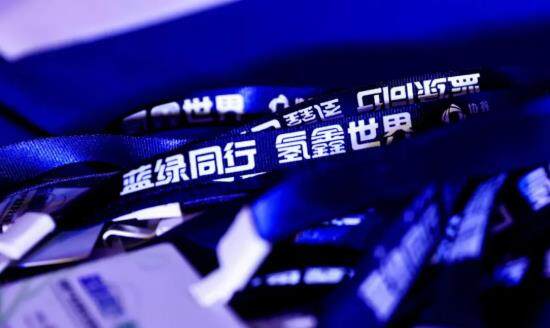
The newly established GCL Hydrogen Division is under GCL New Energy. Zhou Zhensheng, Executive President of the Division and Vice President of GCL New Energy, said, “GCL has three advantages in hydrogen production. The first is photovoltaics, low-cost and large-scale photovoltaics. The power supply is guaranteed; the second is large-scale equipment; the last is a set of high-efficiency energy storage systems." He said that in terms of equipment, everyone knows that the earliest electrolysis of hydrogen may start from dozens of squares, and power plants use more . Later, the silicon plant used the megawatt or ten megawatt scale. At present, there are 100-megawatt electrolyzed water hydrogen production plants in operation in Canada or Europe, and I believe that it will reach the G-watt level in the near future. This is also the future market positioning direction of GCL. In other words, GCL will further explore the space of the equipment market from the centralized and standardized development to the technological iteration of the entire industry. In summary, large-scale production and development should be able to help GCL have a good start in the equipment business. The other part is the product system, which can be regarded as energy storage in a narrow sense, combining light, hydrogen, electricity and heat, and in a broad sense, it is a multi-dimensional energy value conversion system. The characteristic of hydrogen energy storage is that it is cross-seasonal, which is feasible from month to year, and then recyclable.
Keywords: engineering construction, new energy information news, construction news
GCL believes that in the "decarbonization" of steel, petrochemical, chemical, glass, building materials and other industries, Chinese companies are moving very fast. The new level of growth cannot be ignored in transportation and energy. Therefore, as far as the ecosystem is concerned, GCL believes that the entire hydrogen demand has more and more room for development. The company's long-term plan is to ensure the future annual production capacity of 400,000 tons of green hydrogen through the deployment of electrolyzers and the construction of three innovation bases. In addition to the normal hydrogen production business, it will also cooperate more closely and more dimensionally with partners in the ecosystem. On March 1 this year, GCL announced a mobile energy strategy focusing on replacing heavy trucks. Hydrogen and electricity systems must be the characteristics of the GCL integrated energy station in the future.Editor/Xing Wentao、 Design/Wang Xia
Comment
 Praise
Praise
 Collect
Collect
 Comment
Comment
Write something~